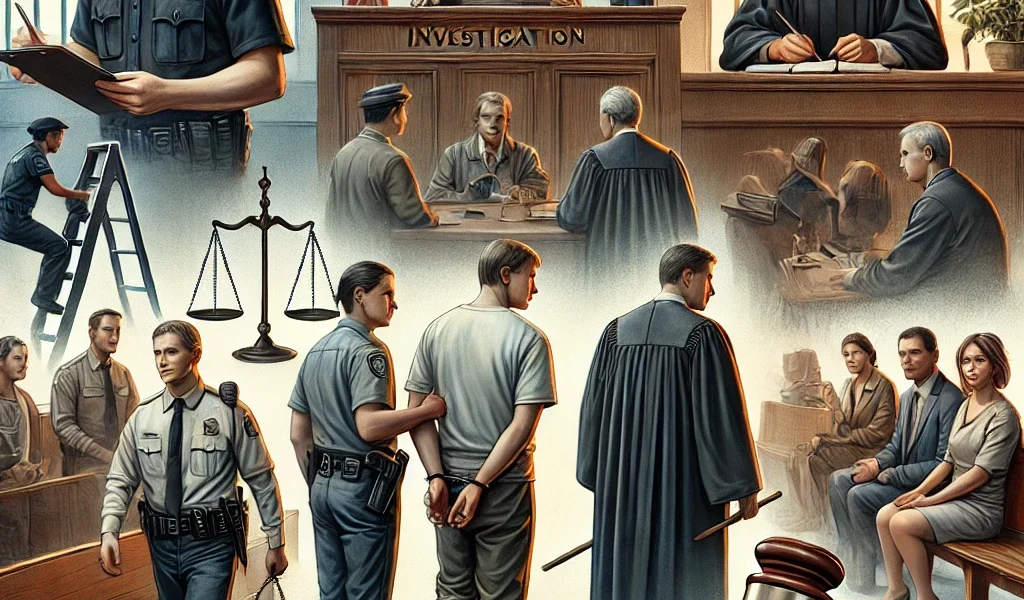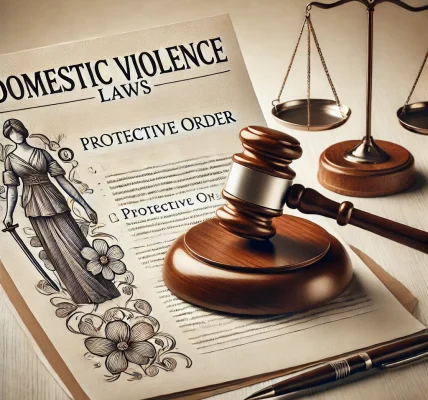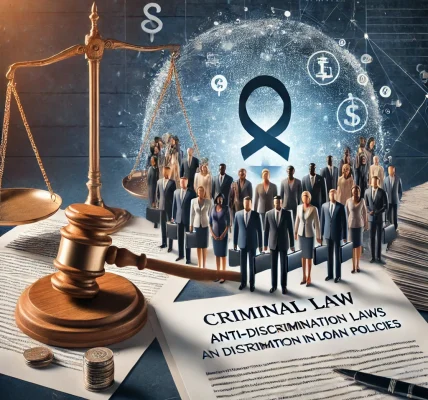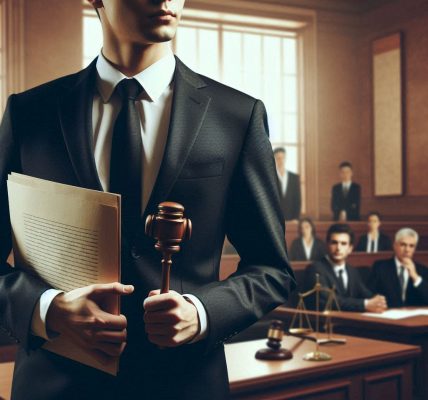The criminal justice process is a structured sequence of events that begins when a crime is committed and continues through investigation, trial, and potential sentencing. Understanding this process is crucial for anyone facing criminal charges or simply wanting to stay informed about their rights. This guide breaks down the steps involved in the criminal justice process, explaining what happens at each stage and the legal implications.
1. Investigation and Arrest
A. Crime Occurrence and Law Enforcement Response
- When a crime is committed, law enforcement agencies are responsible for responding, gathering evidence, and identifying suspects.
- Officers may conduct searches, interviews, and surveillance to collect evidence.
B. Arrest and Booking
- If there is sufficient evidence or probable cause, police officers arrest the suspect.
- The suspect is taken to a police station for booking, which includes recording personal details, taking fingerprints, and photographing the individual.
- The suspect may be held in custody or released on bail, depending on the severity of the offense.
2. Initial Court Appearance and Charges
A. First Appearance Before a Judge
- After an arrest, the suspect is brought before a judge for an initial hearing, usually within 24 to 48 hours.
- The judge informs the suspect of the charges and their legal rights, including the right to an attorney.
B. Bail and Pretrial Release
- The judge decides whether the suspect can be released on bail or must remain in custody until trial.
- Bail is a financial guarantee ensuring the suspect returns for future court dates.
3. Pretrial Proceedings
A. Filing of Charges
- The prosecutor reviews evidence and decides whether to formally file charges.
- Charges may be filed as misdemeanors or felonies, depending on the crime’s severity.
B. Preliminary Hearing or Grand Jury
- In felony cases, a preliminary hearing or grand jury determines if enough evidence exists for the case to proceed.
- If there is insufficient evidence, charges may be dismissed.
C. Arraignment
- The defendant is formally charged and asked to enter a plea: guilty, not guilty, or no contest.
- A trial date is set if the plea is not guilty.
4. Trial Process
A. Jury Selection (If Applicable)
- In criminal trials, a jury is selected to determine the defendant’s guilt.
- Both the defense and prosecution participate in selecting impartial jurors.
B. Opening Statements
- The prosecution and defense present an overview of their case.
C. Presentation of Evidence and Witness Testimony
- The prosecution presents evidence to prove the defendant’s guilt beyond a reasonable doubt.
- The defense may present counter-evidence or question the validity of the prosecution’s case.
D. Closing Arguments
- Both sides summarize their arguments and attempt to persuade the jury or judge.
E. Jury Deliberation and Verdict
- The jury deliberates and delivers a verdict: guilty or not guilty.
- If the jury cannot reach a unanimous decision, a mistrial may be declared.
5. Sentencing
A. Determining the Sentence
- If the defendant is found guilty, the judge determines the appropriate sentence.
- Sentences may include fines, probation, community service, or imprisonment.
B. Factors Influencing Sentencing
- Severity of the crime.
- Prior criminal record.
- Impact on victims.
- Aggravating or mitigating circumstances.
6. Appeals Process
A. Filing an Appeal
- If the defendant believes there was a legal error during trial, they may appeal to a higher court.
- Appeals are based on procedural errors, ineffective counsel, or violations of constitutional rights.
B. Appellate Court Decision
- The appellate court reviews the case and may uphold, overturn, or modify the lower court’s ruling.
- If overturned, a new trial may be ordered.
7. Post-Conviction and Rehabilitation
A. Probation and Parole
- Some convicted individuals may be released under supervision through probation or parole.
B. Expungement and Record Sealing
- In certain cases, individuals can apply to have their criminal records expunged or sealed, improving future opportunities for employment and housing.
Conclusion
Understanding the criminal justice process is essential for protecting legal rights and navigating the system effectively. If accused of a crime, seeking legal representation is crucial for ensuring a fair trial and minimizing legal consequences. By knowing what to expect at each stage, individuals can make informed decisions and safeguard their future.




